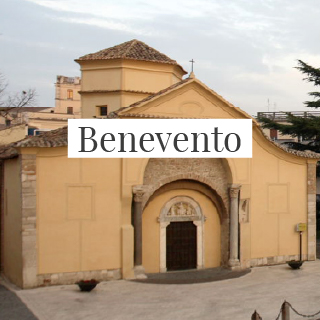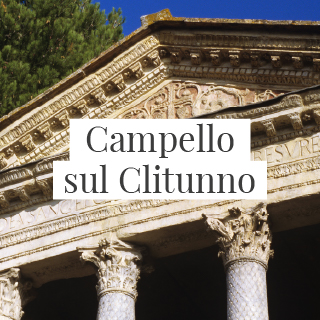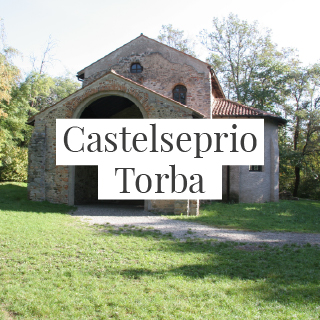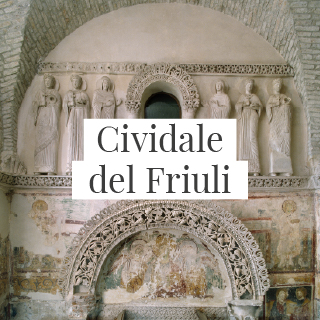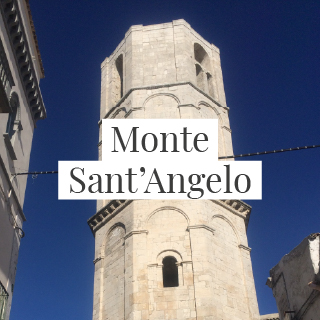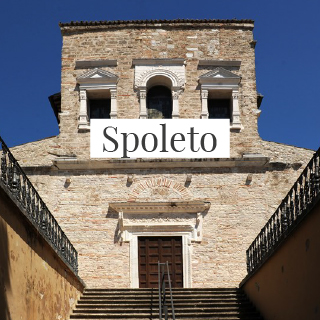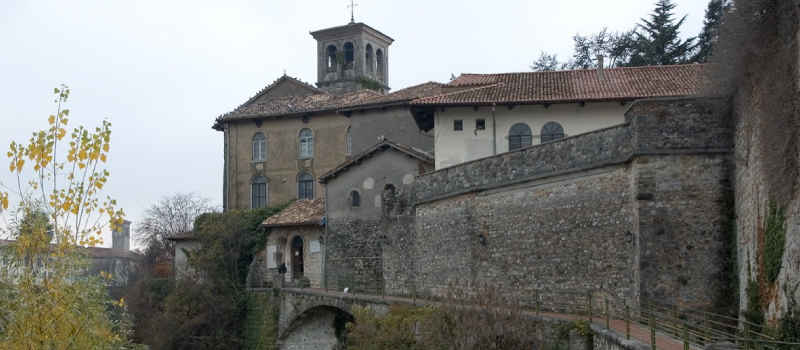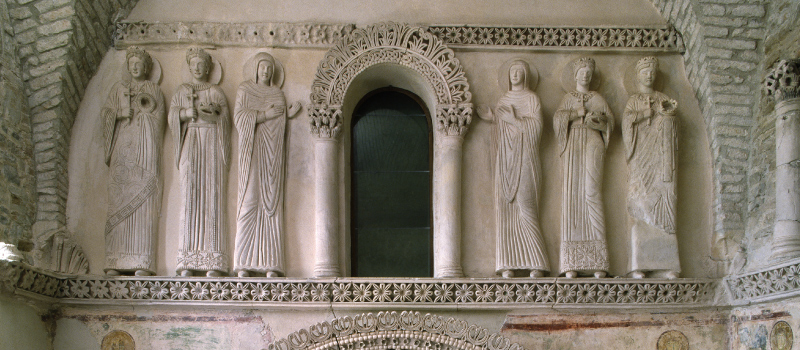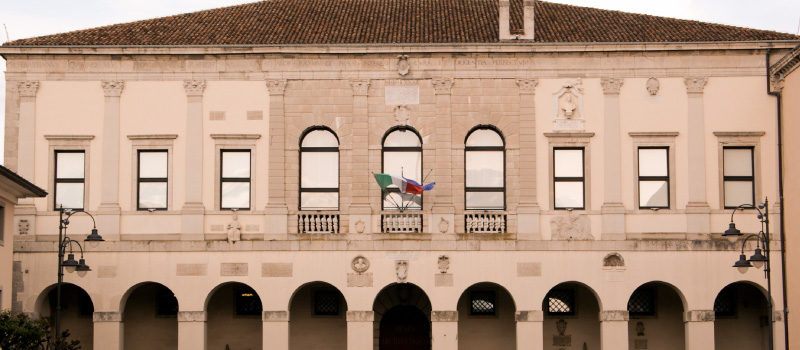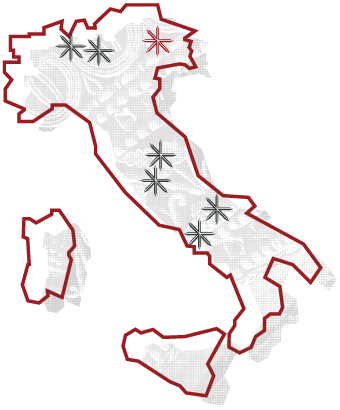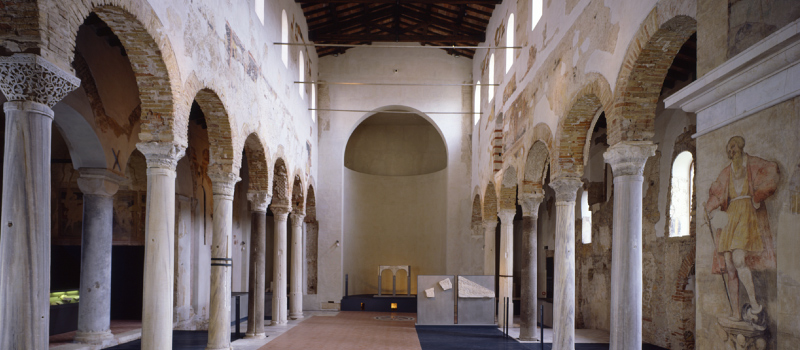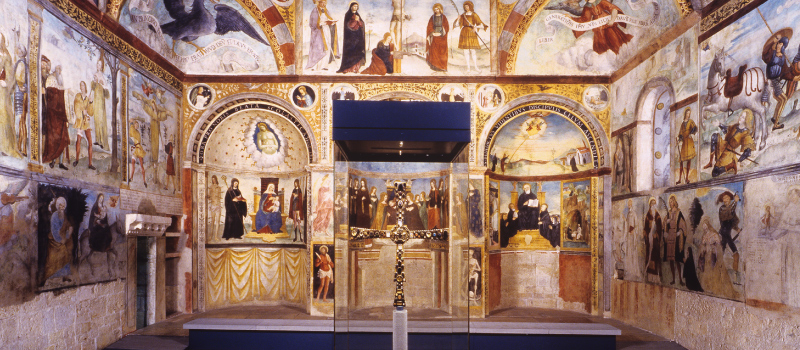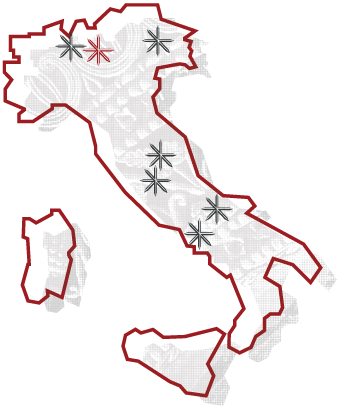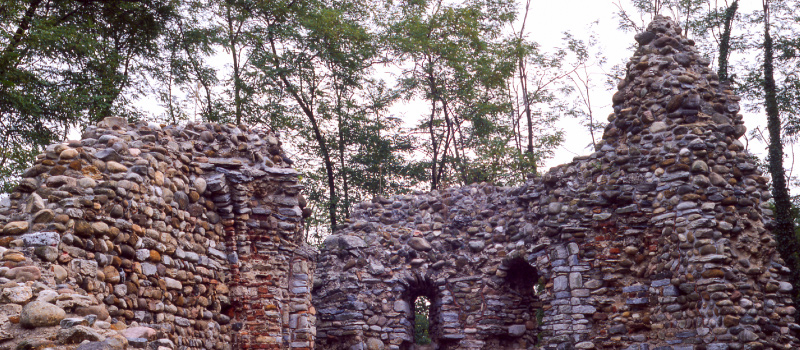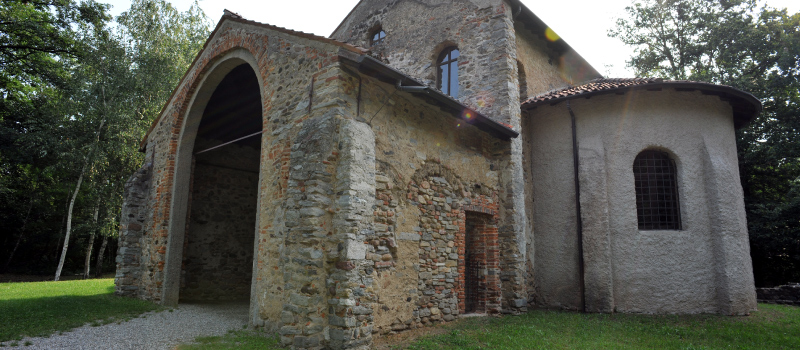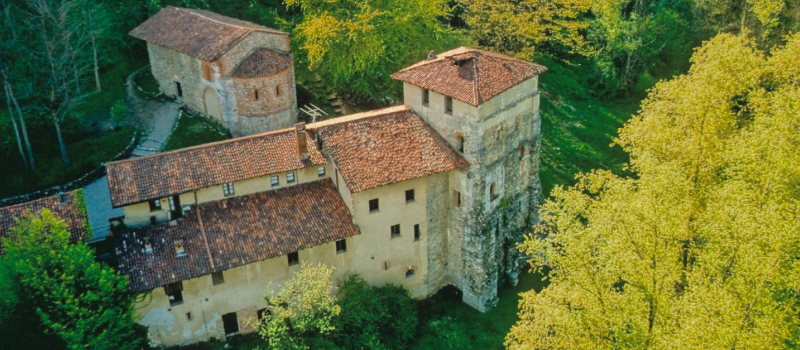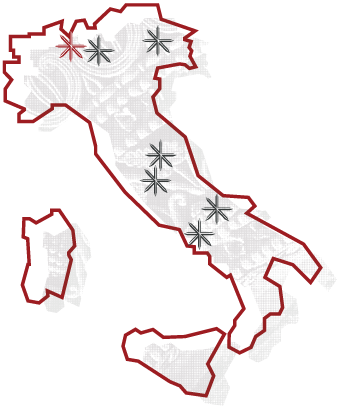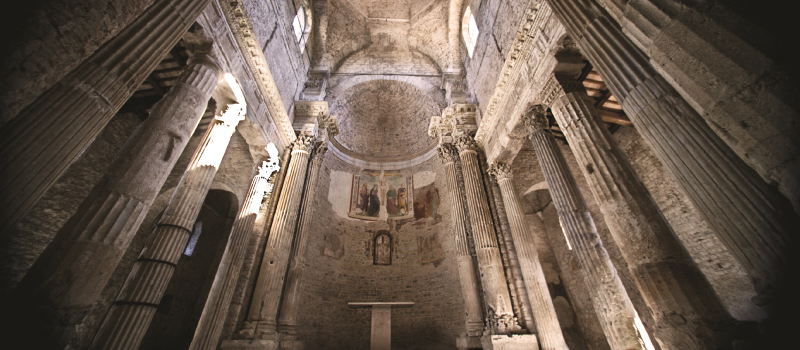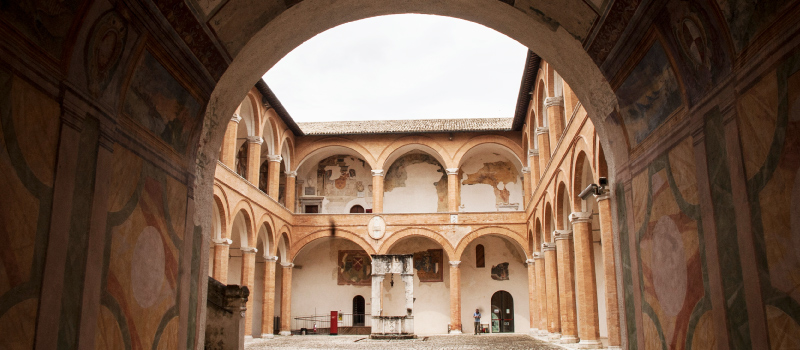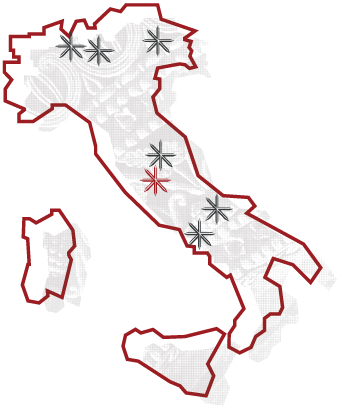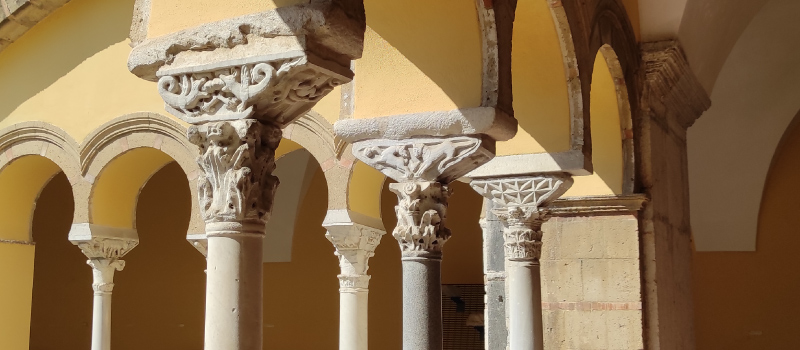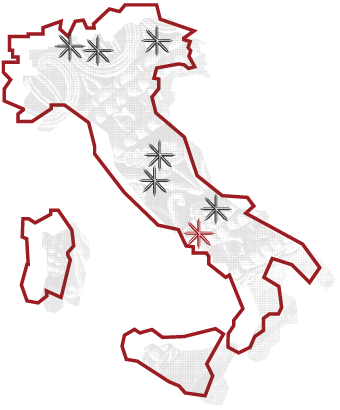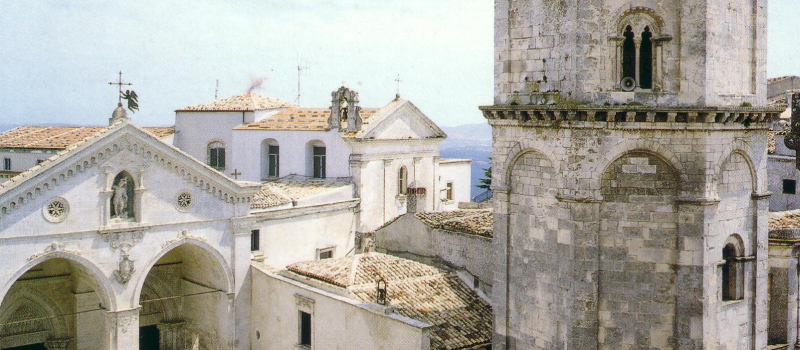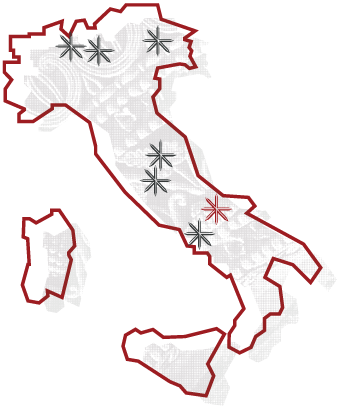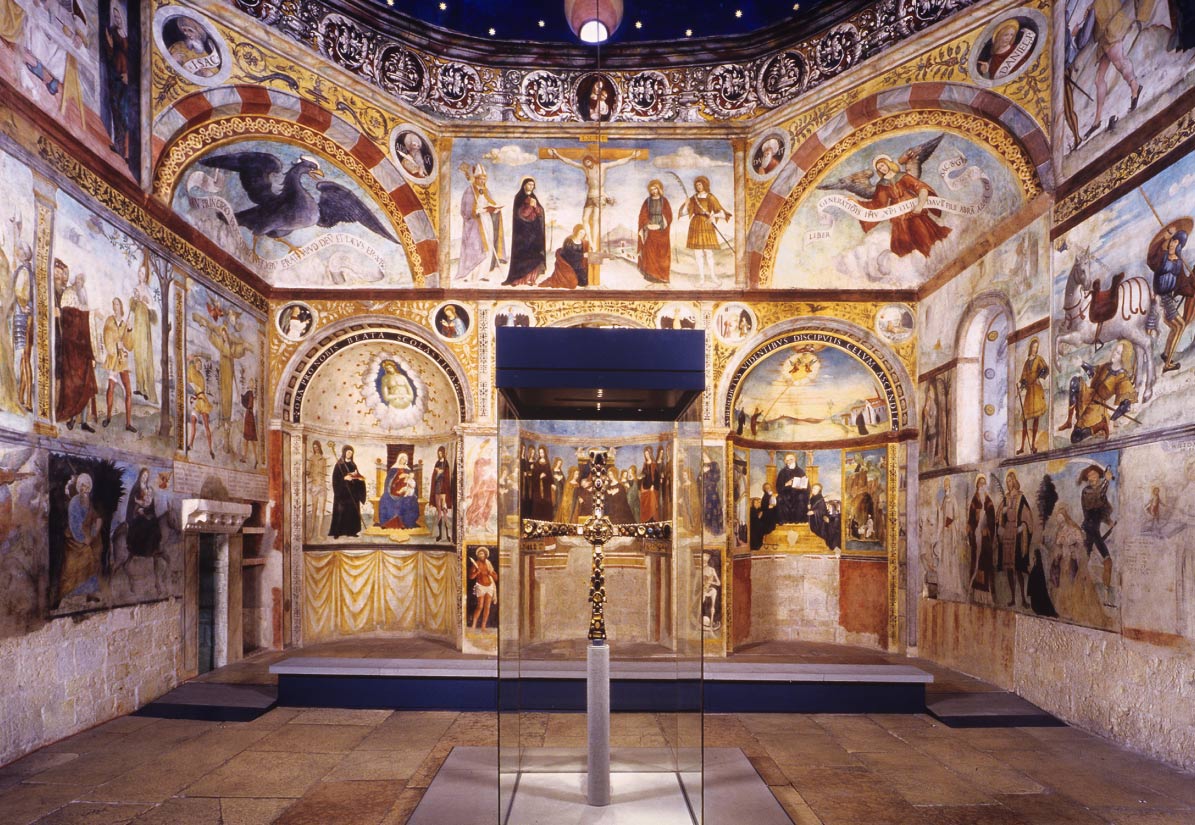Santa Giulia Museum
A journey through history between Lombard period walls
Unique in Italy and indeed Europe for its exhibition concept and location, the Santa Giulia Museum is located in the Lombard monastery dedicated to San Salvatore and Santa Giulia and offers visitors a journey through Brescia’s history, art and spirituality from prehistoric times up to the present, with a display area of about 14,000 m2 containing thousands of remarkable exhibits dating from the 4th millennium BC to the 18th century AD.
The monastery was founded in the mid-8th century AD by Duke Desiderius – subsequently the last king of the Lombards – and his wife Ansa. The royal couple entrusted the monastery to the guidance of their daughter Anselperga, who thus became the its first abbess.
The Museum
The sections of the museum are housed inside the monumental complex. Visitors’ itineraries pass through the monastery areas, leading to particularly significant zones and buildings, such as an archaeological area with two Roman period town houses (1st – 3rd century AD), the Lombard church of San Salvatore (8th century AD), the Nuns’ Choir (early 16th century) and the Romanesque church of Santa Maria in Solario (12th century). The last of these was where the nuns kept the monastery treasures, of which still remain the Lipsanotheca, a precious ivory container for holy relics, and the Cross of Desiderius – made by Carolingian goldsmiths and adorned with 212 gems.
The church of San Salvatore is one of the most important examples of Lombard religious architecture. King Desiderius founded the monastery in AD 753, dedicating it to Saint Saviour; the mausoleum-church would have been a symbol of the dynastic power of the monarchy and the Lombard duchies.
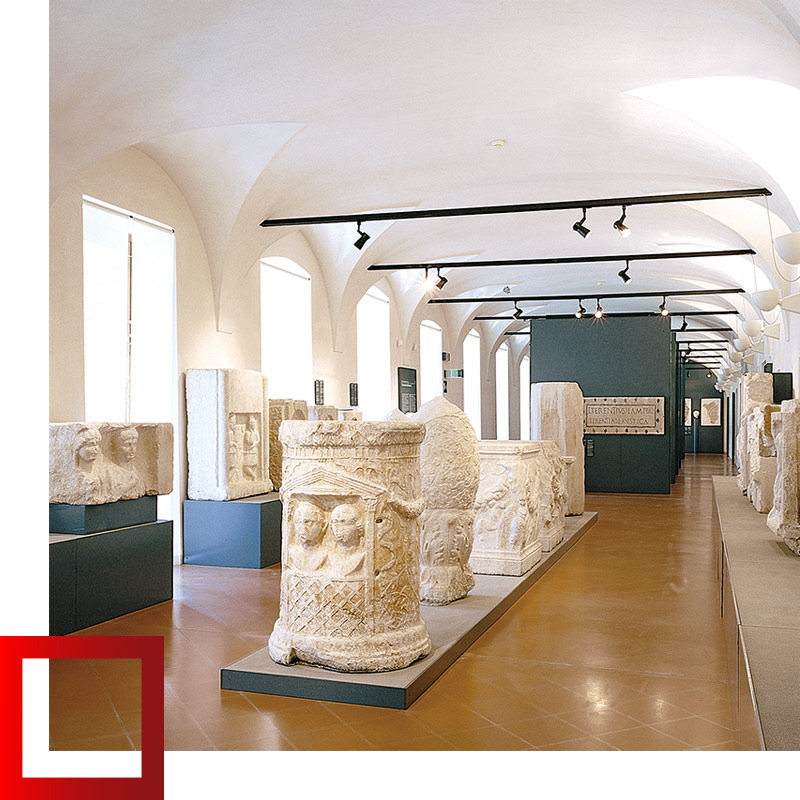
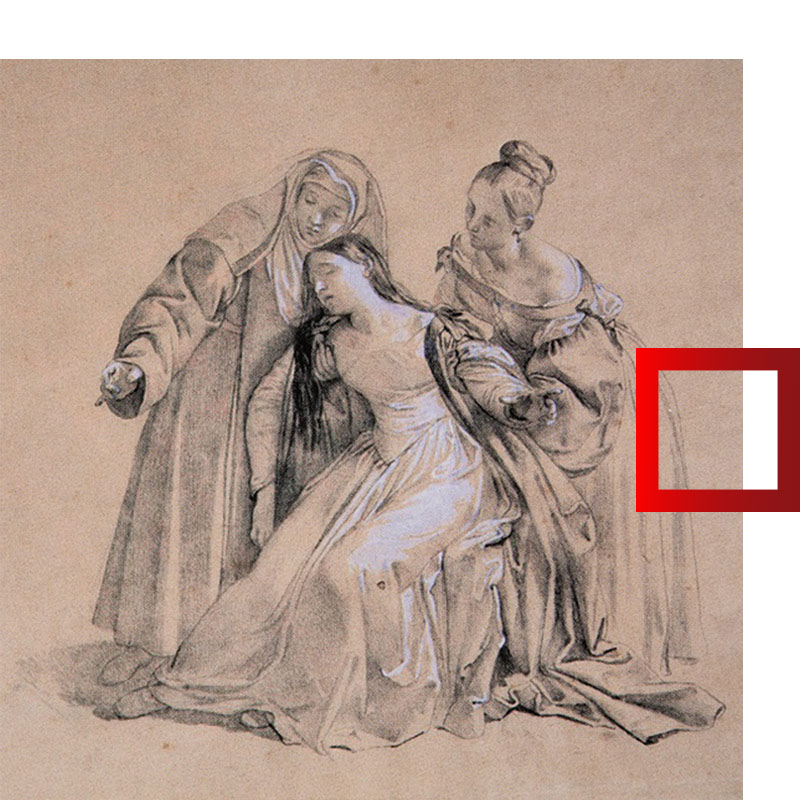
Ermengarda e l’Adelchi
The San Salvatore and Santa Giulia complex has left various historical traces. The Romantic period writer Alessandro Manzoni set the most famous and touching part of his tragedy Adelchi here: the death of Ermengarda. She was the daughter of Desiderius and repudiated wife of the Frankish king Charles (later known as Charlemagne), and found refuge in the monastery, where she was reunited with God amidst the prayers of the nuns and the care of her sister Anselperga.
Later evolution of the complex
Created as a women’s Benedictine monastery, over the centuries the complex was repeatedly enlarged and embellished with rich decorations, thanks to donations from the families of the nuns. It remained active until Napoleon suppressed all monastic orders and requisitioned their assets. The building was then purchased by Brescia Council which used it as a museum, after extensive archaeological excavations, conservation work and architectural rehabilitation.
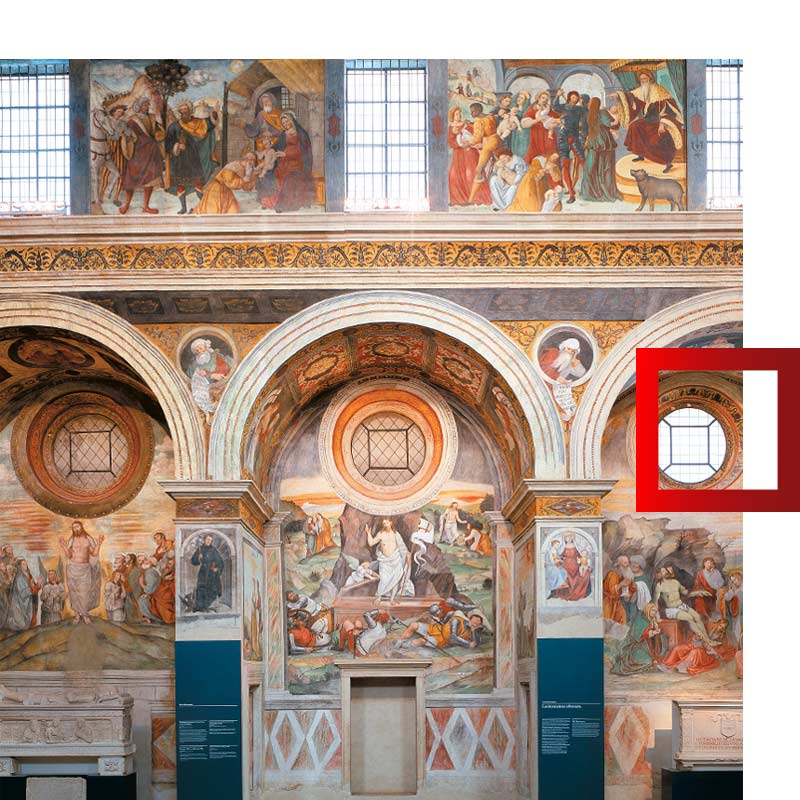
Visit
Info and contacts
Santa Giulia Museum
Via Musei, 81/b – Brescia
Phone 030 297 7833
Mail. santagiulia@bresciamusei.com
Website
Online Tickets
VUOTO
Tickets
€ 7,50 for groups (from 10 to 30 people) and Conventions
€ 5,50 for:
– 14-18 years old
– Over 65
– University students and academies
€ 3,00 for:
– 6-13 years old
– Schools
– University students in groups of min. 10 people
Free for:
– University Thursdays (free admission for students from Brescia universities, every Thursday afternoon at 2.00 pm)
– Brescia University students with drawing tools to make copies of the works
– On the occasion of one’s birthday (on presentation of ID only) – Abbonamenti (Brescia Card e Abbonamento Musei Lombardia)
– Children up to 5 years old
– Licensed tourist guides, journalists and publicists (upon presentation of their professional association membership card)
– Disabled persons (with disabilities up to 75%) and their companions
– ICOM members
– 1 group leader per group
– 1 teachers per school group
– Subscriptions (Brescia Card and Abbonamento Musei Lombardia)
Opening Times
Closed on Monday
Tuesday 09.30 – 17.30
Wednesday 09.30 – 17.30
Thursday 09.30 – 17.30
Thursday 09.30 – 17.30
Saturday 09.30 – 17.30
Sunday 09.30 – 17.30
